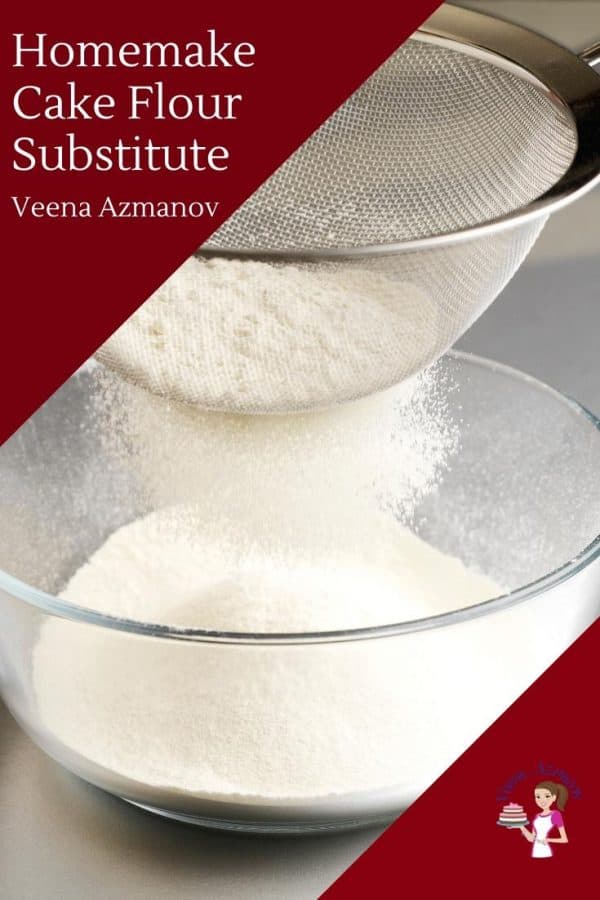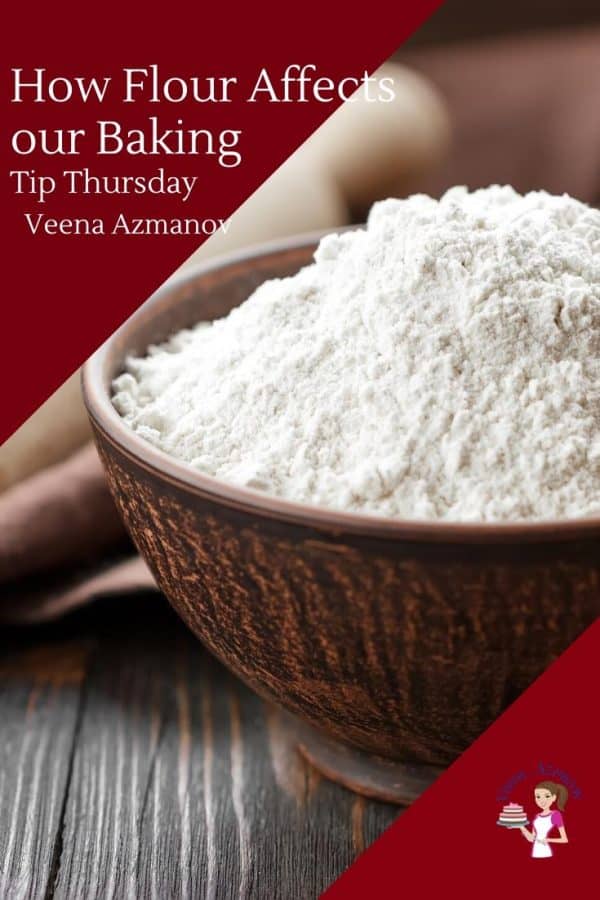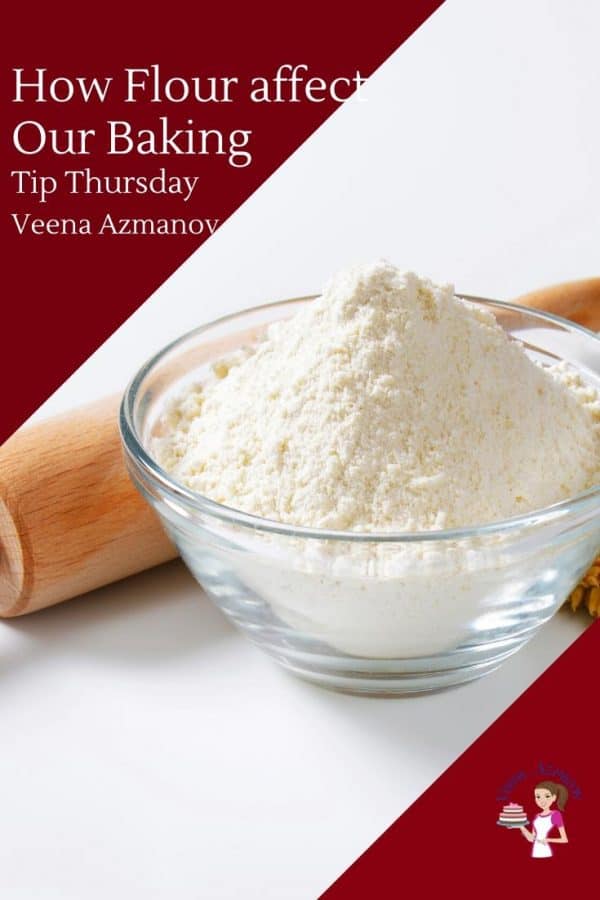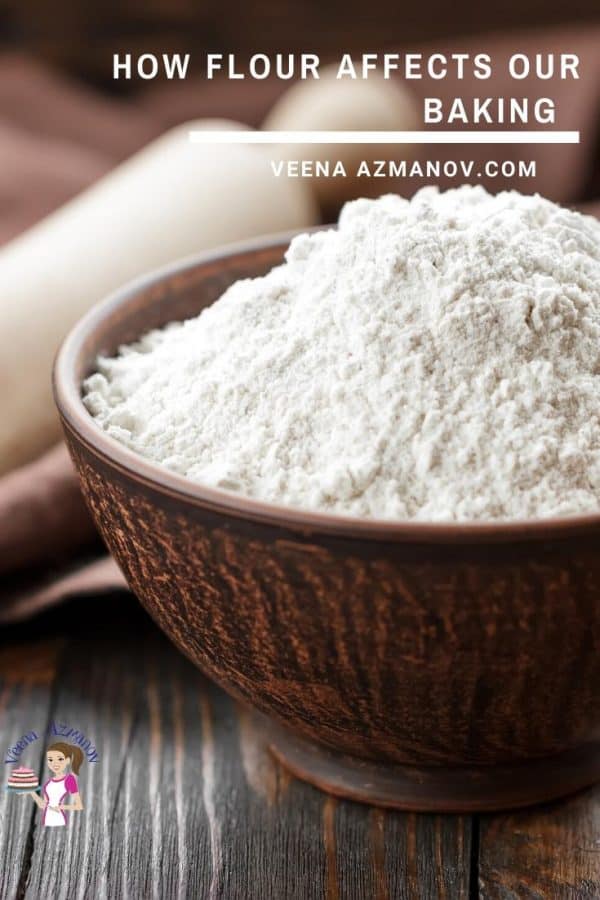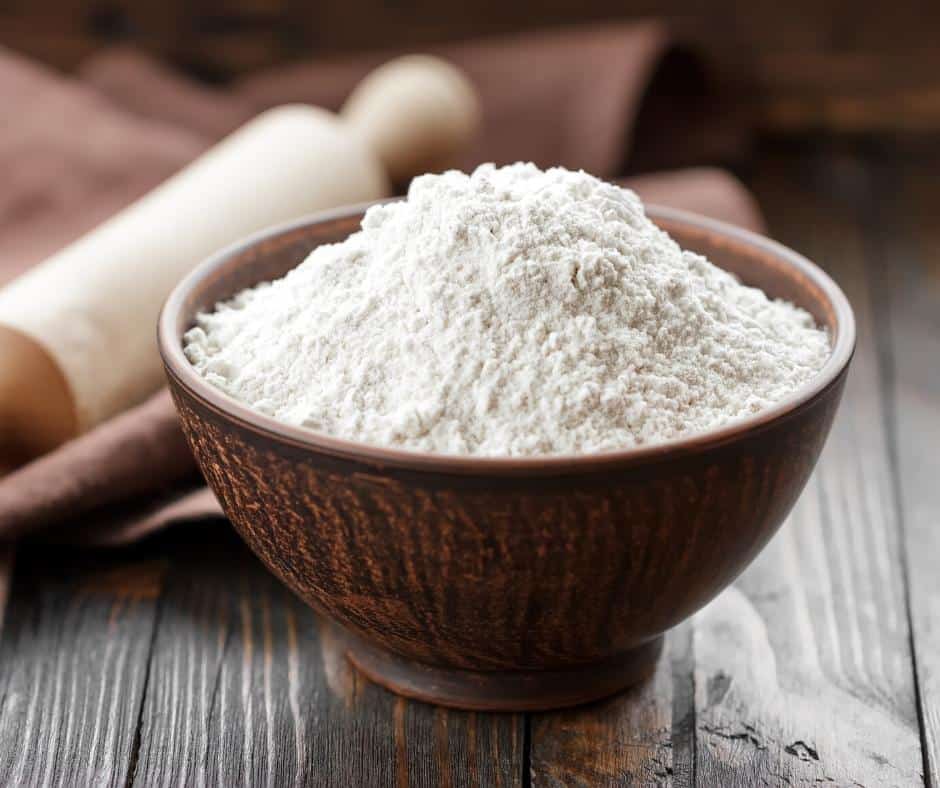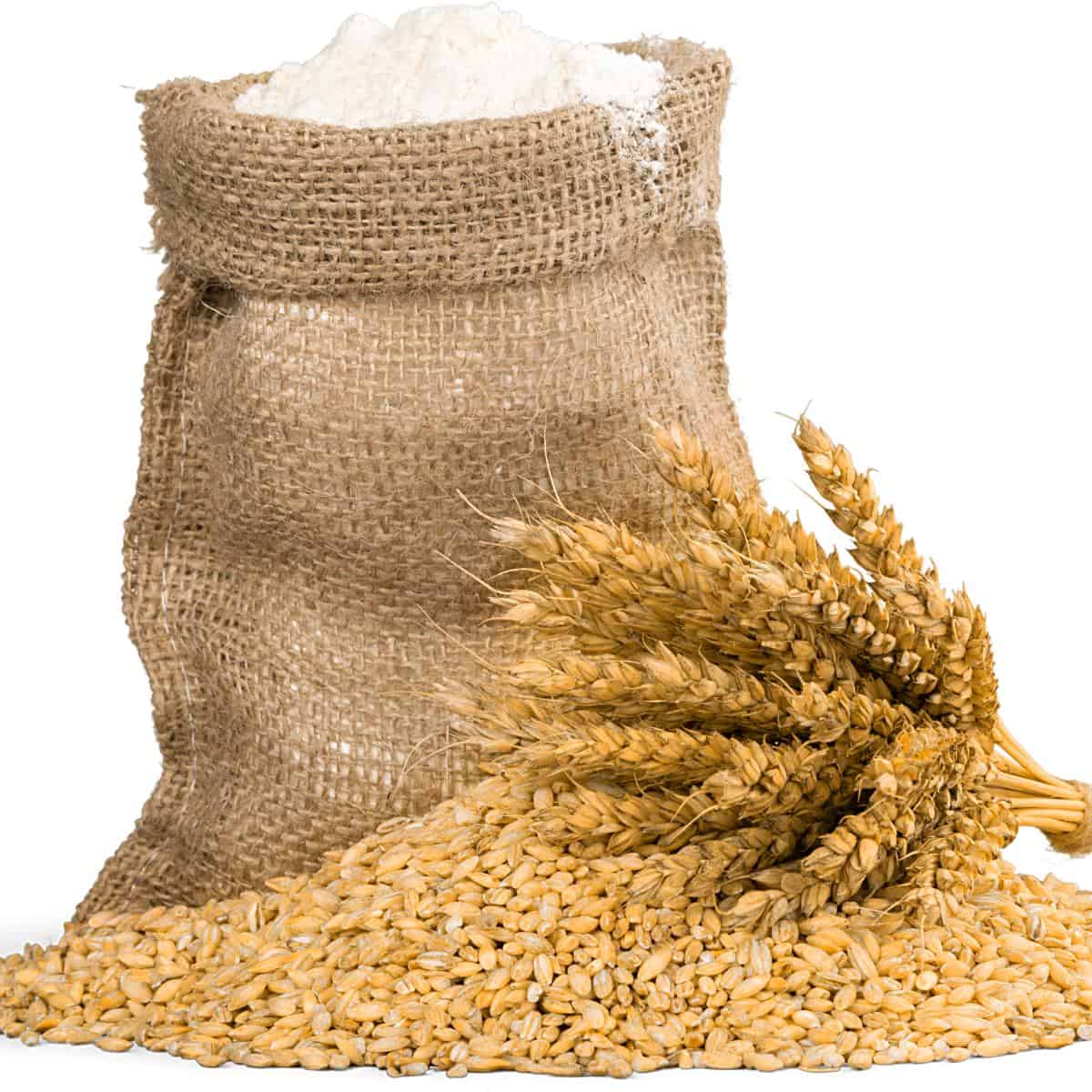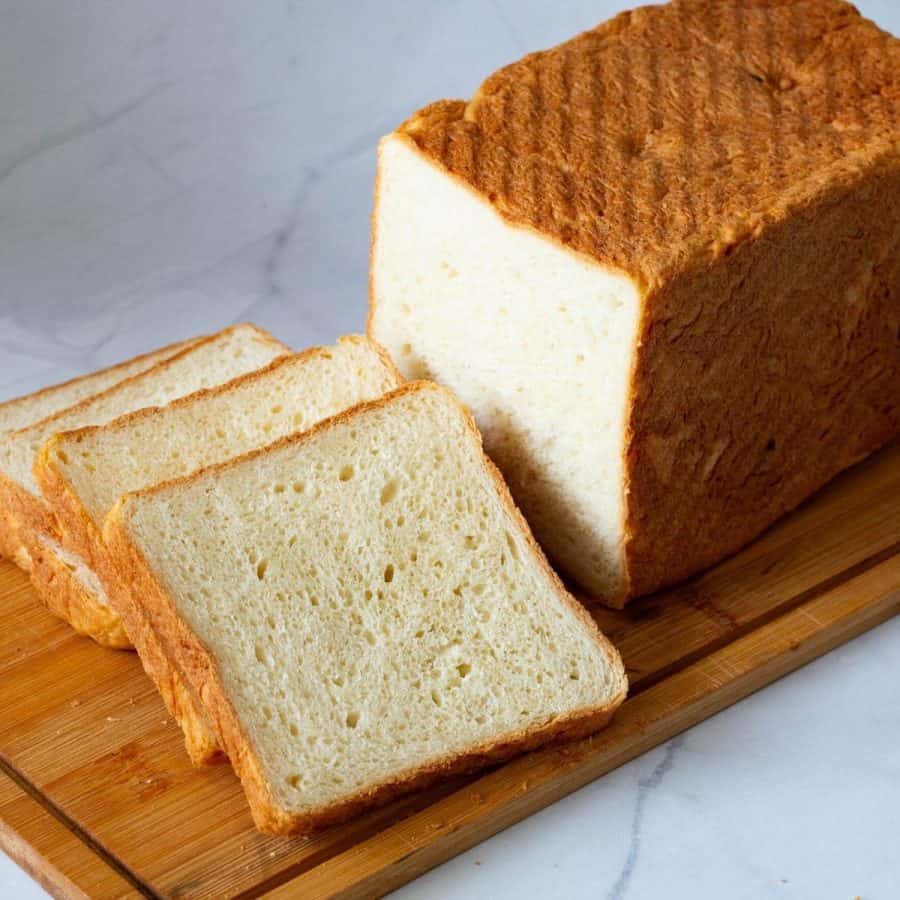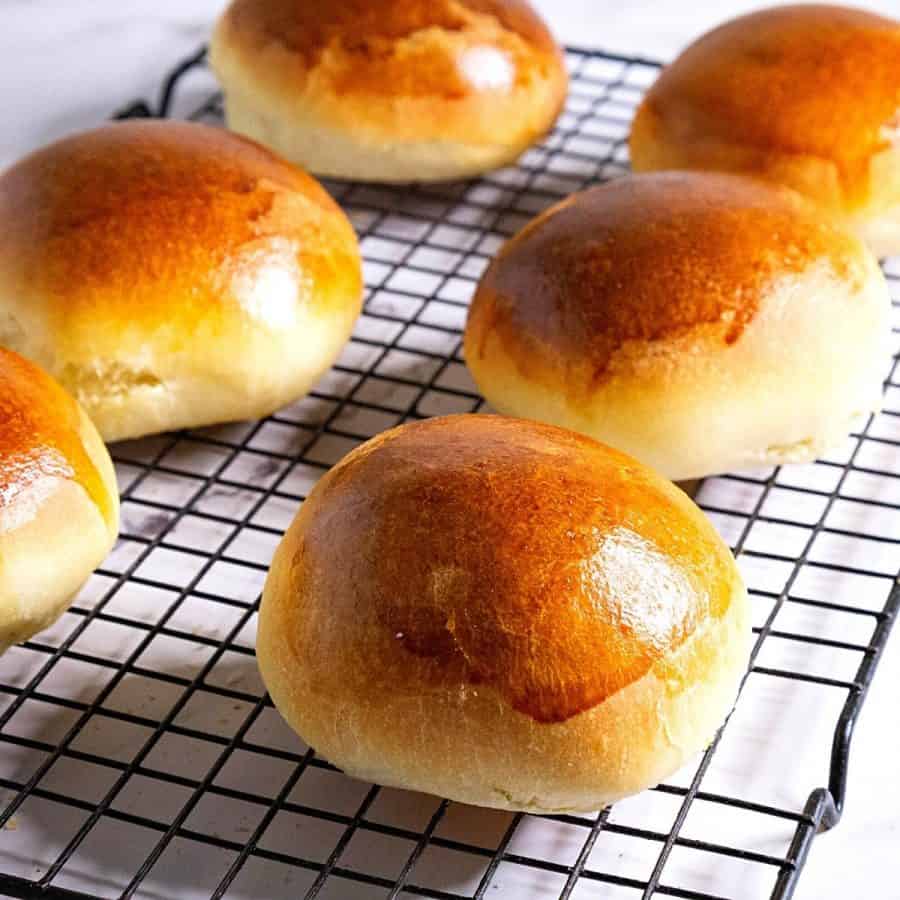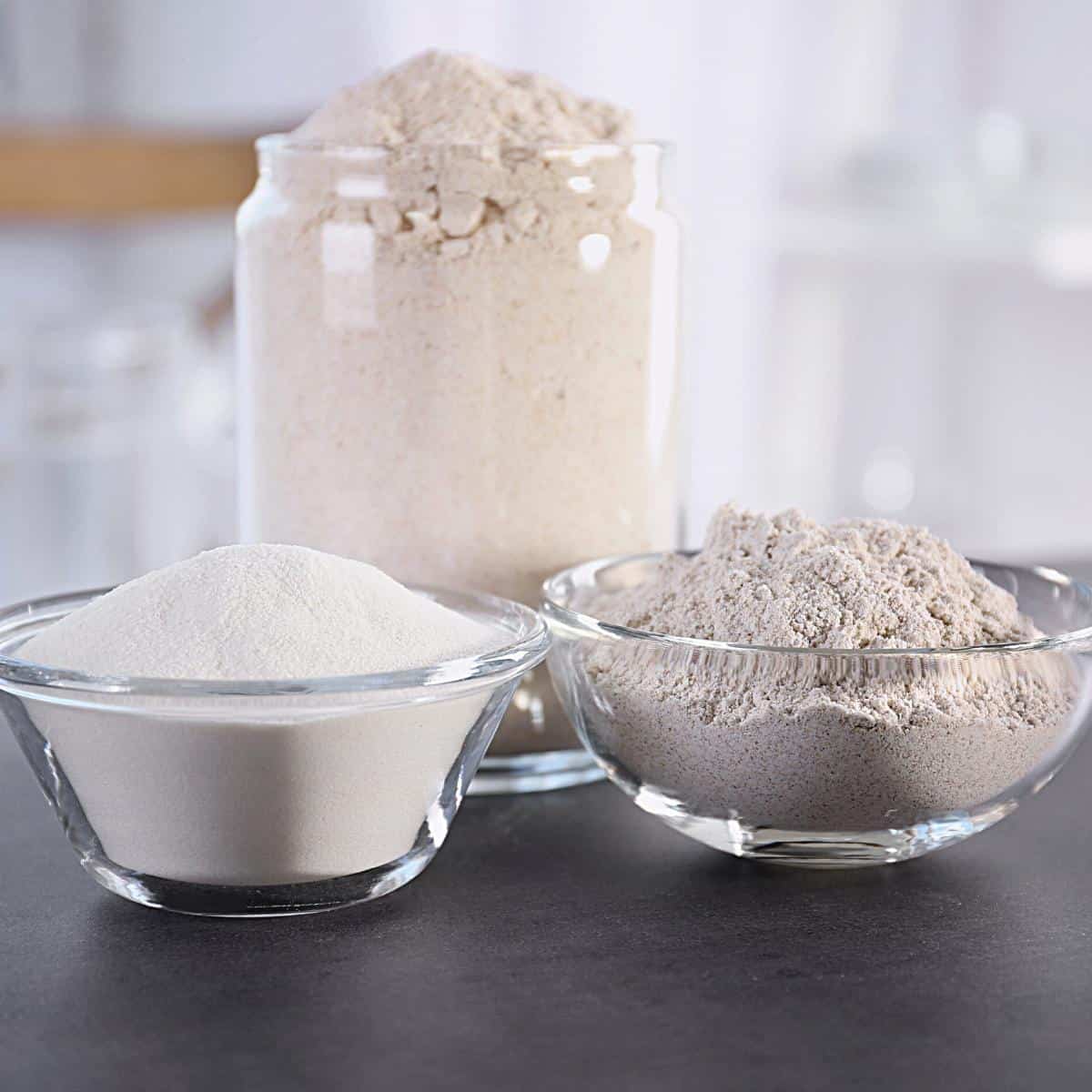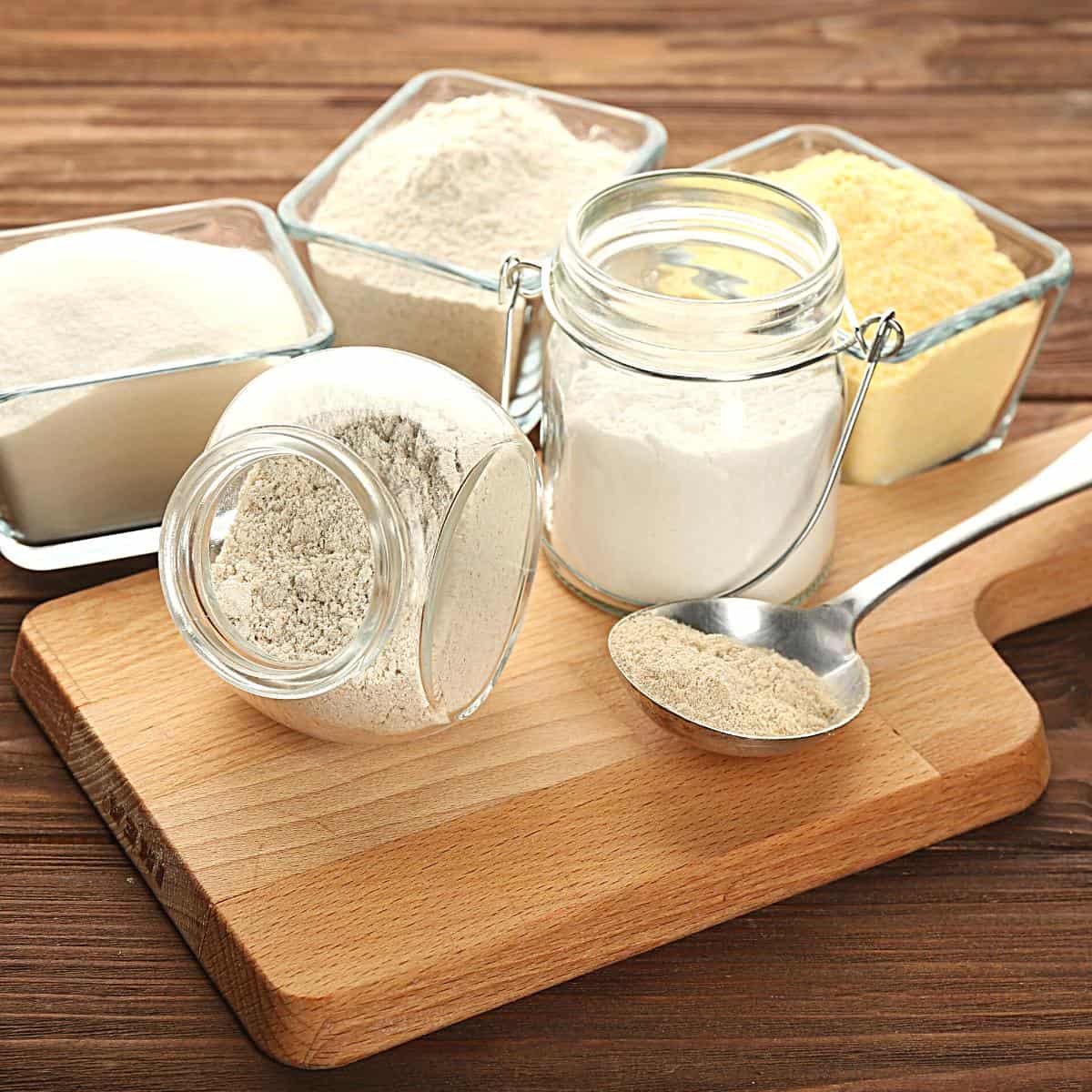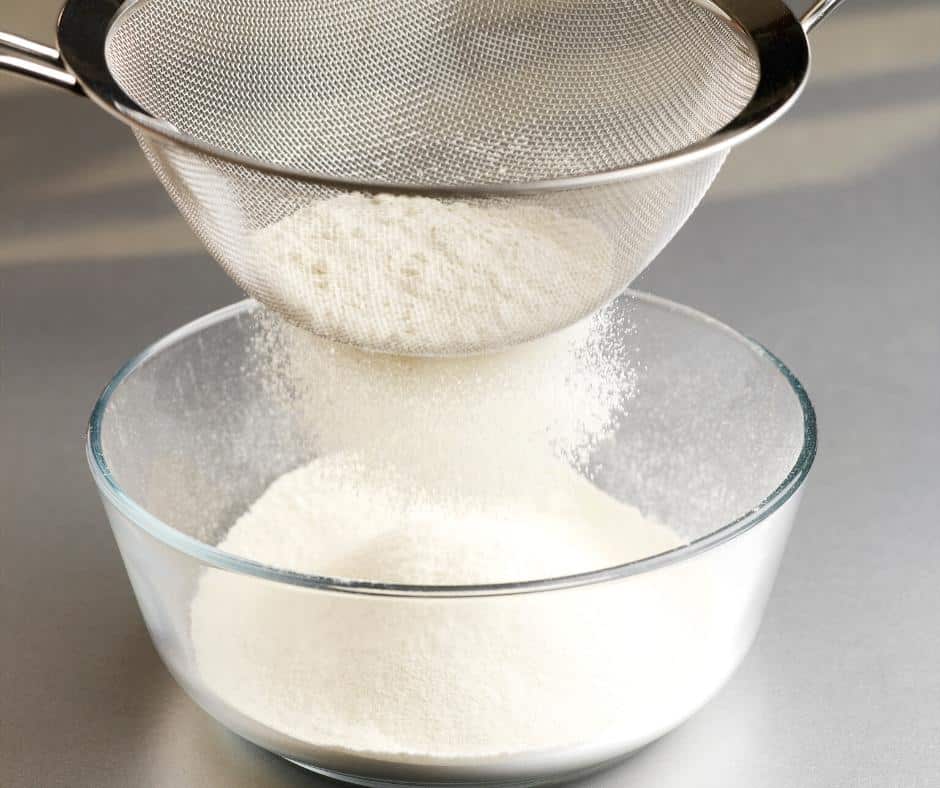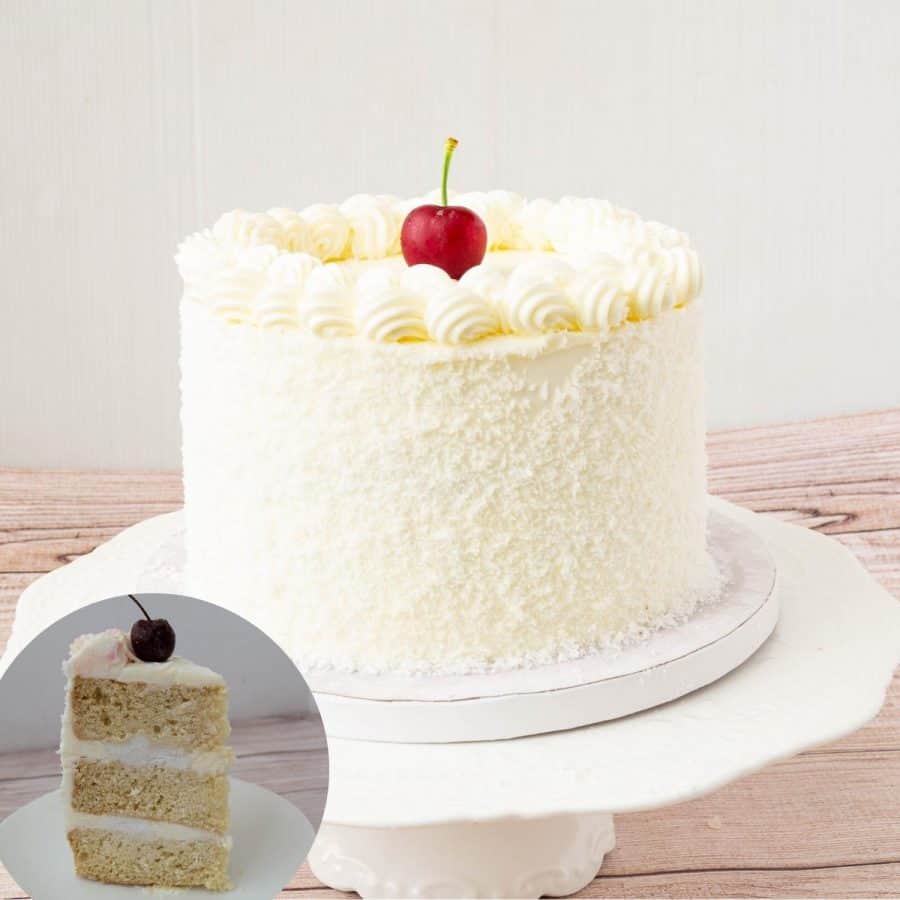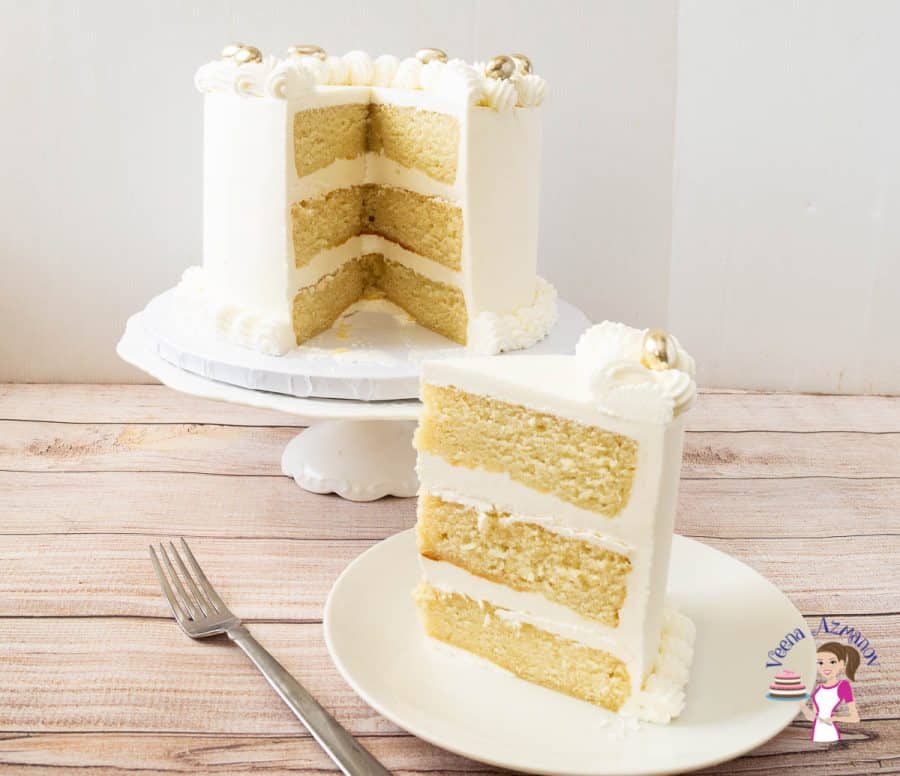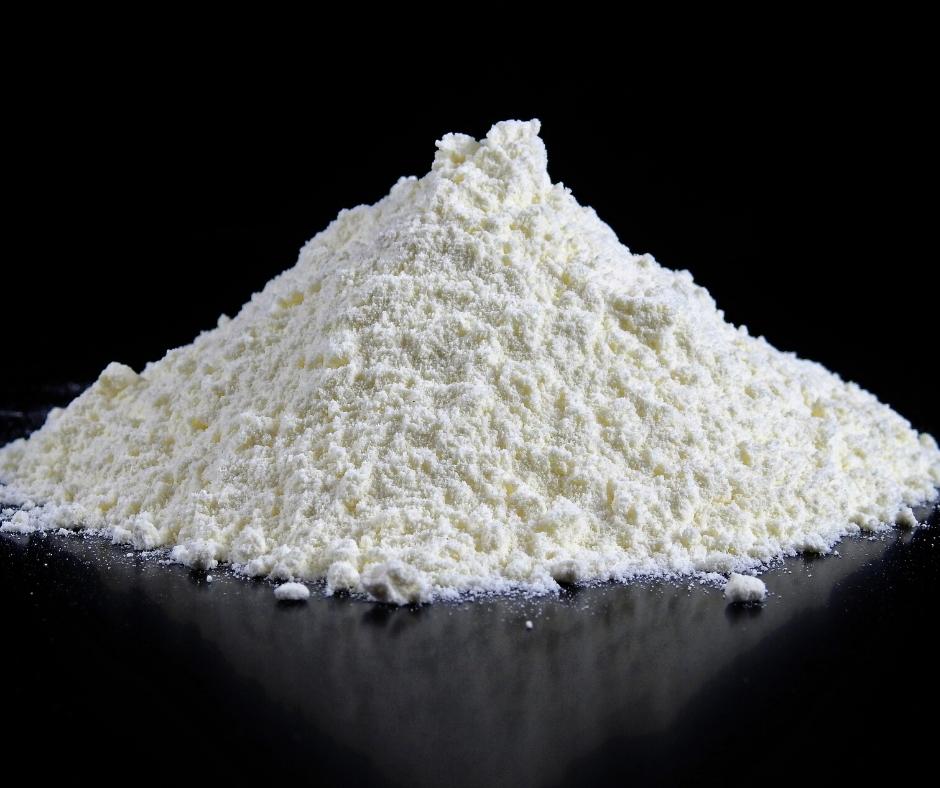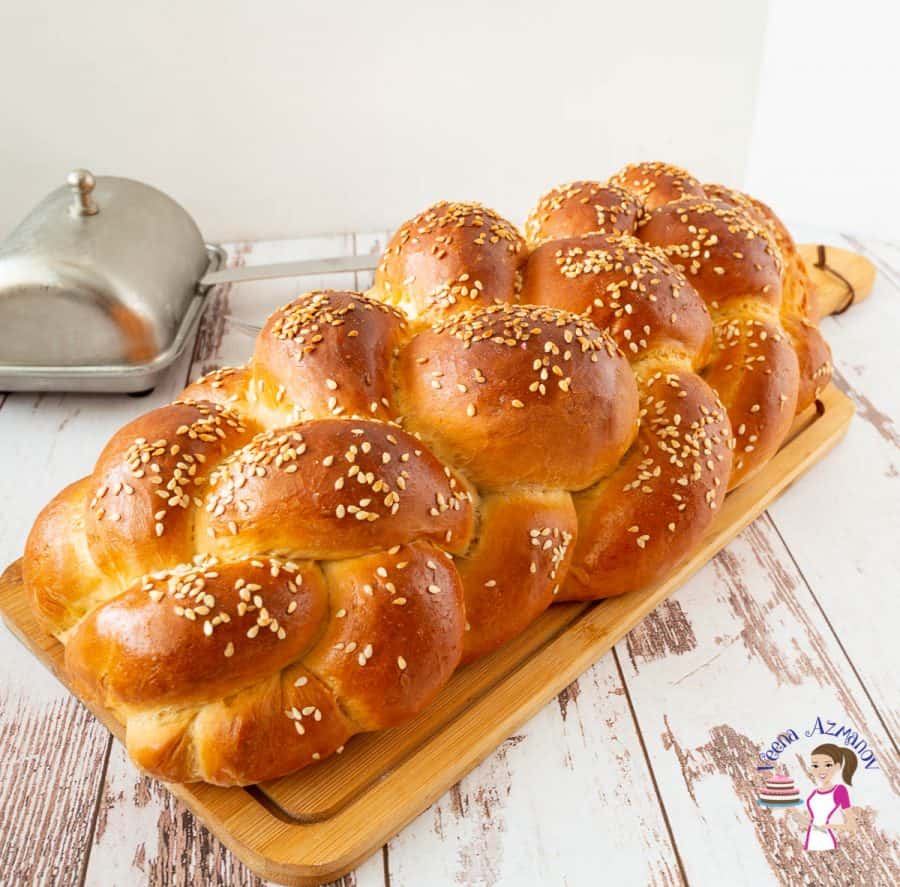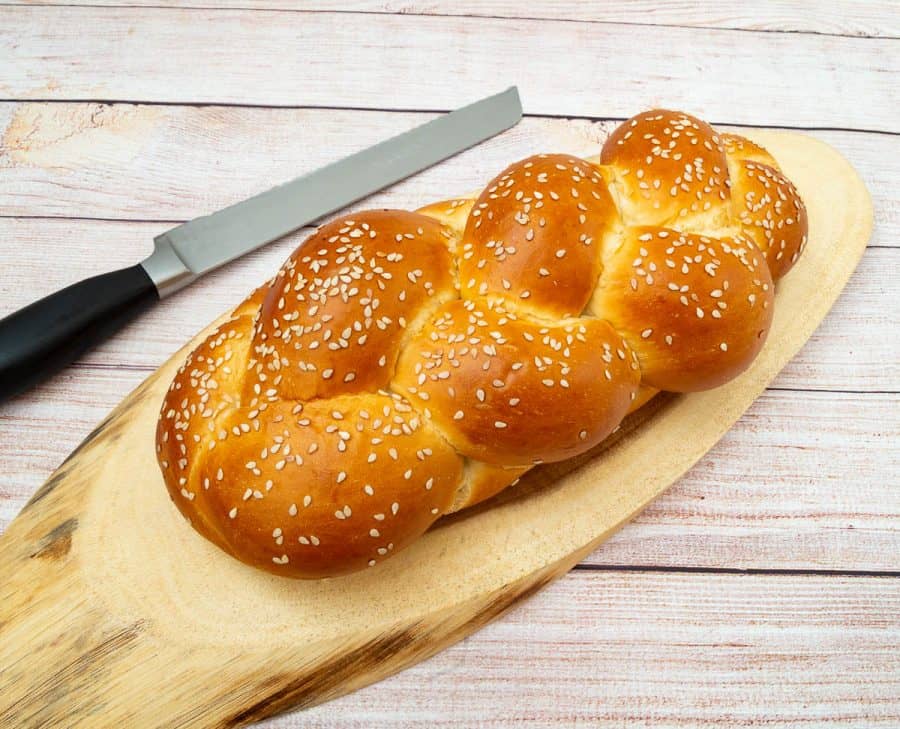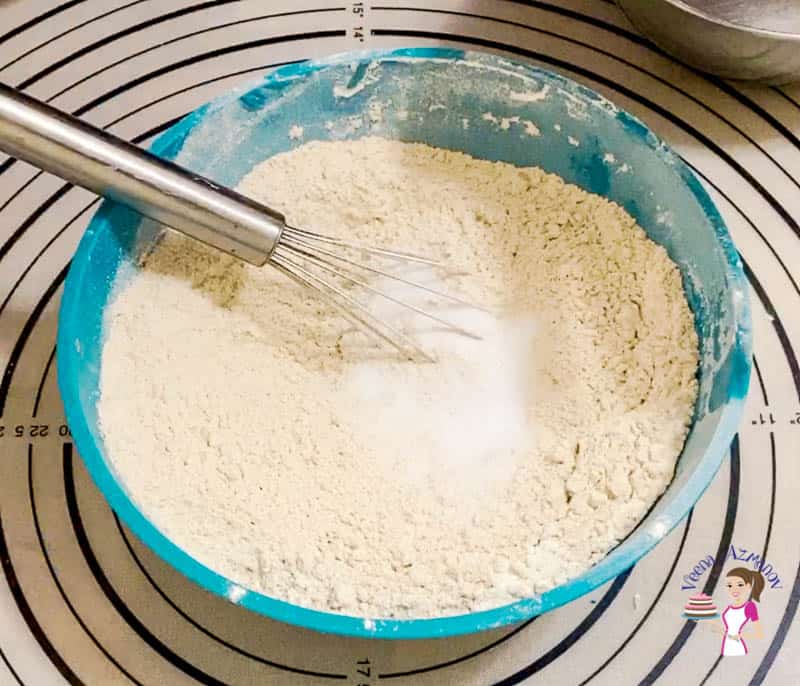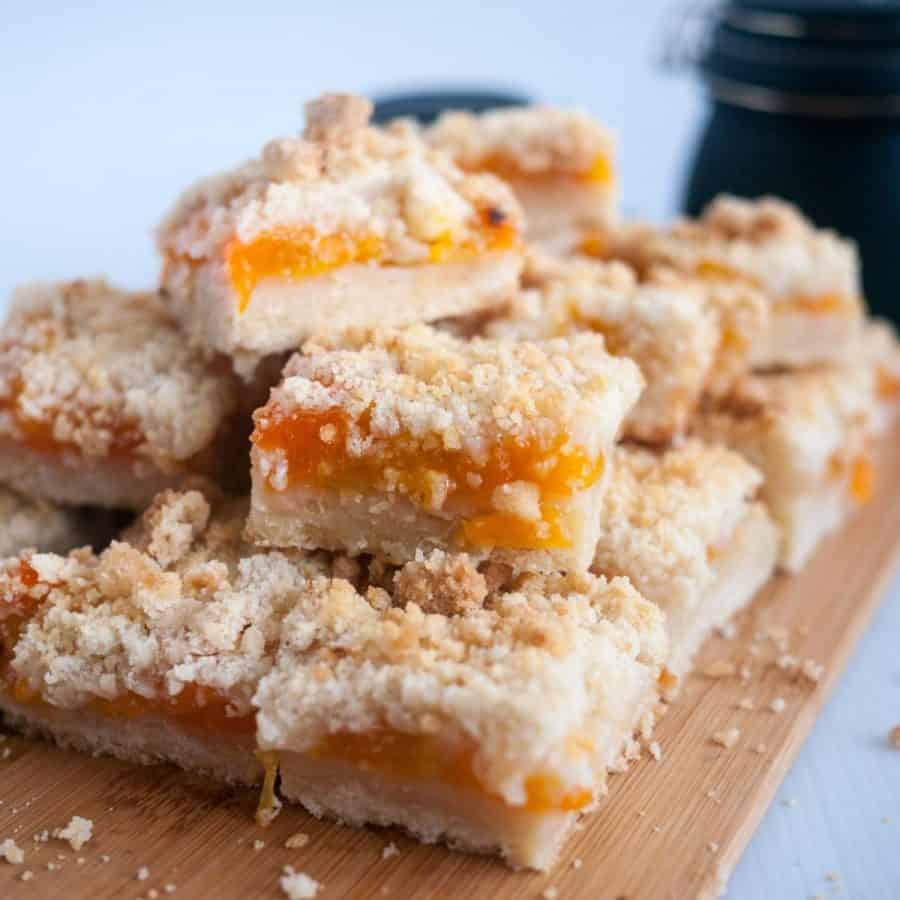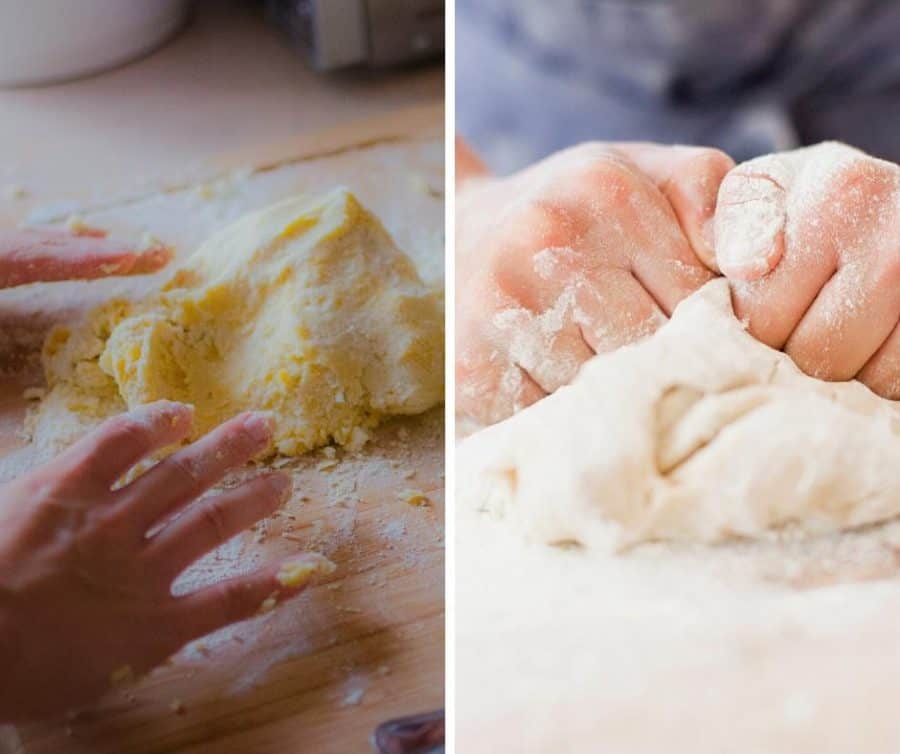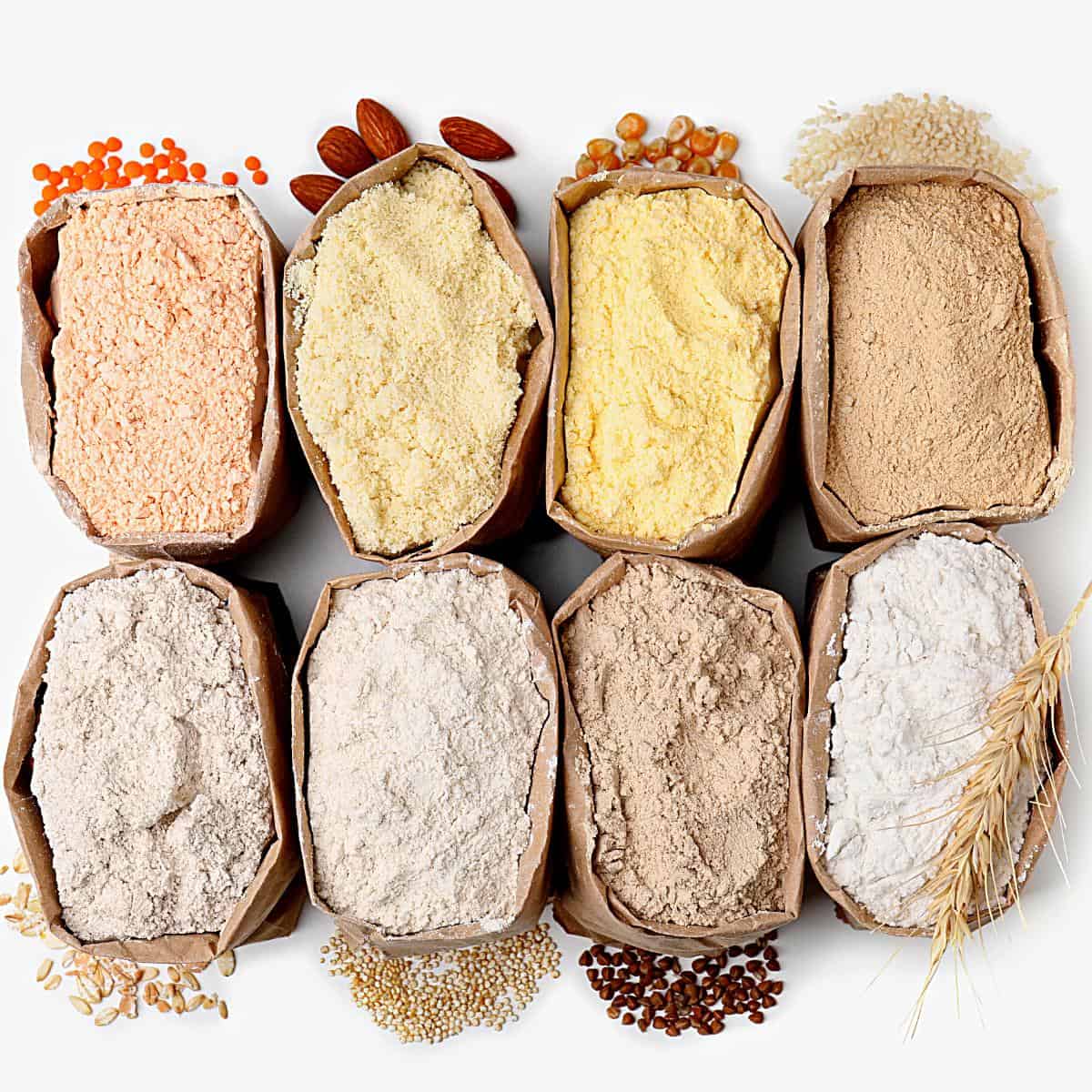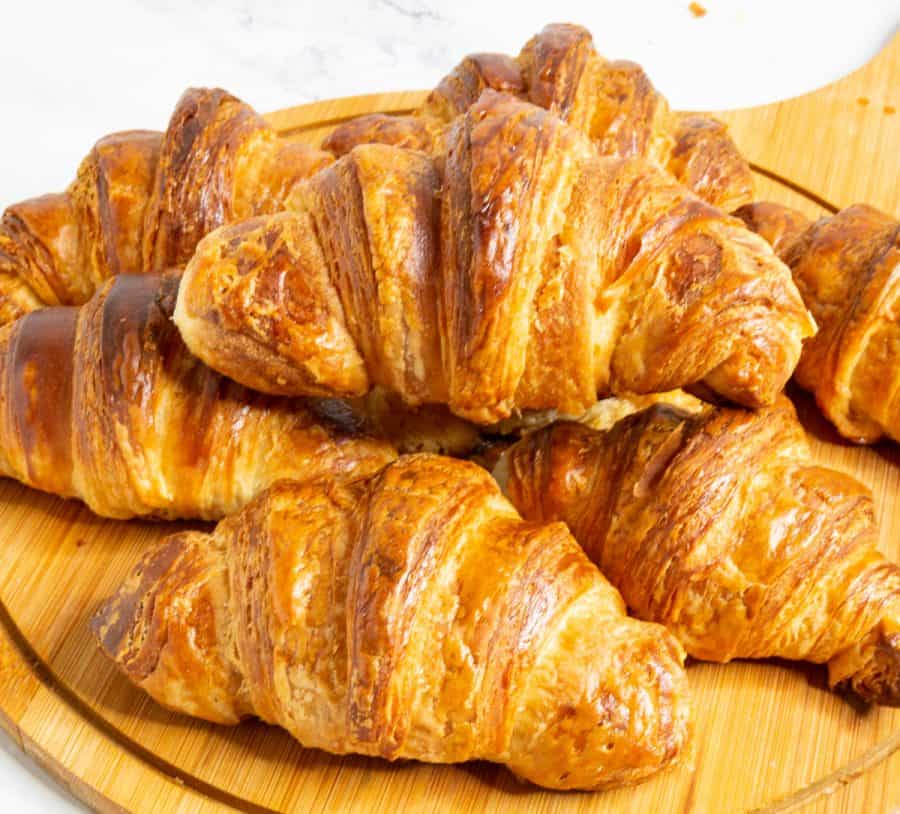Have you ever spent hours in the kitchen perfecting a recipe, only to be disappointed by the end result? Maybe your cake didn’t rise or your cookies turned out too dense. Before you throw in the apron, it’s worth considering if your choice of flour played a role. In this article, we’ll delve deep into the world of flour, exploring its impact on our baked goods and providing tips on how to achieve the perfect texture and taste. From types of flour and their properties to healthier alternatives and substitution tips, we’ve got you covered. So grab your mixing bowl and let’s get baking!
20 Tips to Perfect French Macarons How Butter Affects Baking Cake flour substitute How Eggs Affect Our Baking Layer Cakes or Coffee Cakes See all cake recipes
Thank you for sharing - Save for later
Flour is made by grinding grains, typically wheat, into a fine powder. Wheat kernels are composed of three parts: the bran, germ, and endosperm.
The bran is the outer layer, which is high in fiber and contains vitamins and minerals. The germ is the small, nutrient-rich part of the kernel that eventually sprouts into a new plant. The endosperm is the largest part of the kernel, and it contains carbohydrates, proteins, and some vitamins and minerals.
Different types of flour are made by grinding various parts of the wheat kernel in different proportions. For example, all-purpose flour is made by grinding the endosperm, while whole wheat flour includes all three parts of the kernel. Bread flour is made by grinding the endosperm but with a higher protein content than all-purpose flour. Cake flour is made by grinding the endosperm into a finer powder, resulting in a lighter texture in baked goods. Understanding the different types of flour and their properties can help you choose the right flour for your recipe and achieve the desired texture and taste.
All-purpose flour is a common household staple, but other types of flour can be beneficial to use depending on the recipe. All-purpose or plain flour (maida) is a great flour to use. And if used correctly, it can produce great results from flaky pie crust to chewy bread. Bread flour has a higher protein content, which provides more structure and chewiness to bread. It has more gluten in it. And we use it in bread like pizza, where we want that extra elasticity. Pastry flour is lower in protein and produces lighter, more tender baked goods. Usually used to make crumbly, buttery pie crusts and pastries. Cake flour is even lower in protein, creating a fine crumb texture in cakes and delicate pastries. Another type of flour that is becoming more popular is gluten-free flour. Made from alternative grains such as rice, corn, or potato starch, these flours are ideal for individuals with gluten sensitivities or allergies. However, gluten-free flours require different ratios of liquids and other ingredients and may have a different baking process than traditional wheat flours.
By understanding the unique properties of each type of flour, you can choose the right one for your recipe and achieve the desired texture and taste.
All-purpose flour has a protein content of 10 to 12 % compared to: Cake flour, which is about 9% while Bread flour has a protein content of 11 to 13% and Pastry flour has a protein content of about 8%
Whole wheat flour, for example, is a good source of fiber, which can help regulate digestion and reduce the risk of certain diseases such as heart disease and type 2 diabetes. Similarly, coconut flour has been shown to help lower cholesterol levels, while almond flour is high in protein and healthy fats.
Choosing the right type of flour for your recipe can also help make your baked goods healthier.
For example, using whole wheat flour instead of all-purpose flour in muffins or bread can add more nutrients while still producing a delicious result. And using almond or coconut flour instead of regular flour can make your baked goods gluten-free and lower in carbohydrates.
However, it’s important to keep in mind that using alternative flours can sometimes require different ratios of liquids and other ingredients, which can affect the overall texture and taste of the finished product. It’s always a good idea to experiment with different types of flours to find the one that works best for your recipe. 1/2 cup (60 grams) cake + (1/2 cup) 65 grams bread = 125 grams All-purpose flour
Take 1 cup of all-purpose flour – Remove 2 tbsp. Add 2 tbsp of cornstarch/cornflour. Sift the all-purpose flour + cornstarch. It is very important that the flour is well mixed, so if necessary sift twice. Sifting aerates the flour and adds lightness to the cake batter. Now, measure out 1 cup – you may have a little extra because sifting adds volume to the flour. Now, you have a substitute for cake flour.
Use 2 cups of all-purpose flour to 1 cup of cake flour to make 3 cups of pastry flour. Kneading the dough well is what creates a network of gluten strand that traps air. This, when baked, gives us that light and airy bread. If a recipe calls for bread flour and you don’t have any? You can just use all-purpose flour and a little more kneading. The bread will still turn out light and airy and no one will know the difference. For years, I have used all-purpose flour for all my bread and still do for everyday bread. All-purpose if easily available and more affordable. Self-rising flour is commonly used in recipes that require a light and fluffy texture, such as cakes, biscuits, pancakes, and quick breads. It simplifies the baking process by eliminating the need to measure and mix separate leavening agents. It is particularly convenient for quick and easy baking. The composition of self-rising flour may vary slightly depending on the brand and region, but the typical ratio is:
1 cup (125 g) of self-rising flour 1 ½ teaspoons of baking powder ¼ teaspoon of salt
These proportions may vary, so it’s always advisable to check the specific instructions on the packaging or the recipe you’re using to ensure accuracy.
When using self-rising flour in a recipe, it’s important to note that the additional baking powder already incorporated in the flour means you should adjust the amount of baking powder and salt specified in the recipe. Generally, you would not need to add additional baking powder or salt when using self-rising flour.
If you don’t have self-rising flour on hand, you can make a substitute by combining all-purpose flour with baking powder and salt. For every cup of all-purpose flour, you can add 1 ½ teaspoons of baking powder and ¼ teaspoon of salt. Mix these ingredients well, sifting or whisking them together, to ensure even distribution before using the substitute in your recipe.
It’s worth mentioning that self-rising flour is not suitable for all types of baking. For recipes that require precise control over leavening agents or those that have specific pH requirements, such as some bread recipes or recipes with acidic ingredients, it’s best to use other types of flour and measure and incorporate leavening agents separately
My mom would say it’s not the ingredient – it’s you. You are the main ingredient in your recipe and for a long time, I’d laugh about it. Over the years I have come to believe it too.
If used correctly, all-purpose flour can produce great results. So, don’t worry if you can’t find cake flour, bread flour, or pastry flour near you. Use what you got, and with a better understanding of what we discussed here today, you can make wonderful baked goods.
While all-purpose flour serves its purpose in many recipes, it does have its downsides. One major downside is that it has a high glycemic index, meaning it can cause blood sugar levels to spike. This can be particularly problematic for people with diabetes or those trying to control their blood sugar levels. Additionally, all-purpose flour is often bleached and processed, which removes some of the nutrients and fiber found in whole grain flours.
Fortunately, there are plenty of healthier alternatives to all-purpose flour, such as almond flour, coconut flour, and more. These flours typically have lower glycemic indexes and are higher in nutrients and fiber. Plus, they often have unique flavors and textures that can add a new dimension to your baked goods. So while all-purpose flour may be a staple in many kitchens, it’s important to explore other options and find the one that best suits your needs. In the next section, we’ll explore some of these alternatives in more detail
Almond Flour: Made from ground almonds, almond flour is a popular gluten-free alternative. It adds a slightly nutty flavor to baked goods and works well in cookies, cakes, and muffins. Coconut Flour: Made from dried and ground coconut meat, coconut flour is another gluten-free option. It has a unique texture and absorbs more liquid than regular flour, so you may need to adjust the recipe accordingly. Oat Flour: Made by grinding rolled oats, oat flour is a nutritious option that adds a subtle oat flavor to baked goods. It works well in cookies, pancakes, and quick breads. Rice Flour: Rice flour is a gluten-free option made from finely ground rice. It has a lighter texture and is often used in combination with other flour in gluten-free recipes. Cassava Flour: Made from the starchy tuberous root of the cassava plant, cassava flour is a grain-free and nut-free alternative. It has a neutral flavor and works well in various recipes. Chickpea Flour: Also known as gram flour or besan, chickpea flour is made from ground chickpeas. It has a slightly nutty flavor and is commonly used in savory dishes like flatbreads, pancakes, and fritters. Potato Flour: Potato flour is made from dehydrated potatoes and has a dense texture. It’s often used in gluten-free baking and can add moisture to recipes. Buckwheat Flour: Despite its name, buckwheat is not related to wheat and is gluten-free. Buckwheat flour has a rich, earthy flavor and is commonly used in pancakes, waffles, and noodles. Tapioca Flour/Starch: Tapioca flour, also known as tapioca starch, is derived from the cassava root. It’s often used as a thickener but can also be used in gluten-free baking to add structure. Arrowroot flour or arrowroot starch – a great substitute for all-purpose flour in recipes that call for thickening agents such as pastry cream or custards
When substituting these flours in your baking, keep in mind that they may behave differently than all-purpose flour. Be prepared to experiment with different ratios and adjust your recipe accordingly.
First, these flours may not behave the same way as all-purpose flour, so experimentation may be necessary. Second, some recipes may need to be adjusted based on the type and amount of alternative flour being used. One tip for using alternative flours effectively is to blend them with other flours to achieve the desired texture and flavor. For example, almond flour can be a great addition to a gluten-free flour blend, but using it alone may result in a denser baked good. Another tip is to add extra leavening agents, such as baking powder or baking soda, to help the batter rise properly.
It’s also important to consider alternative flours’ moisture content. Coconut flour, for example, absorbs a lot of liquid and can quickly make a batter too dry. Adding extra liquid, such as eggs or milk, can help counteract this effect.
